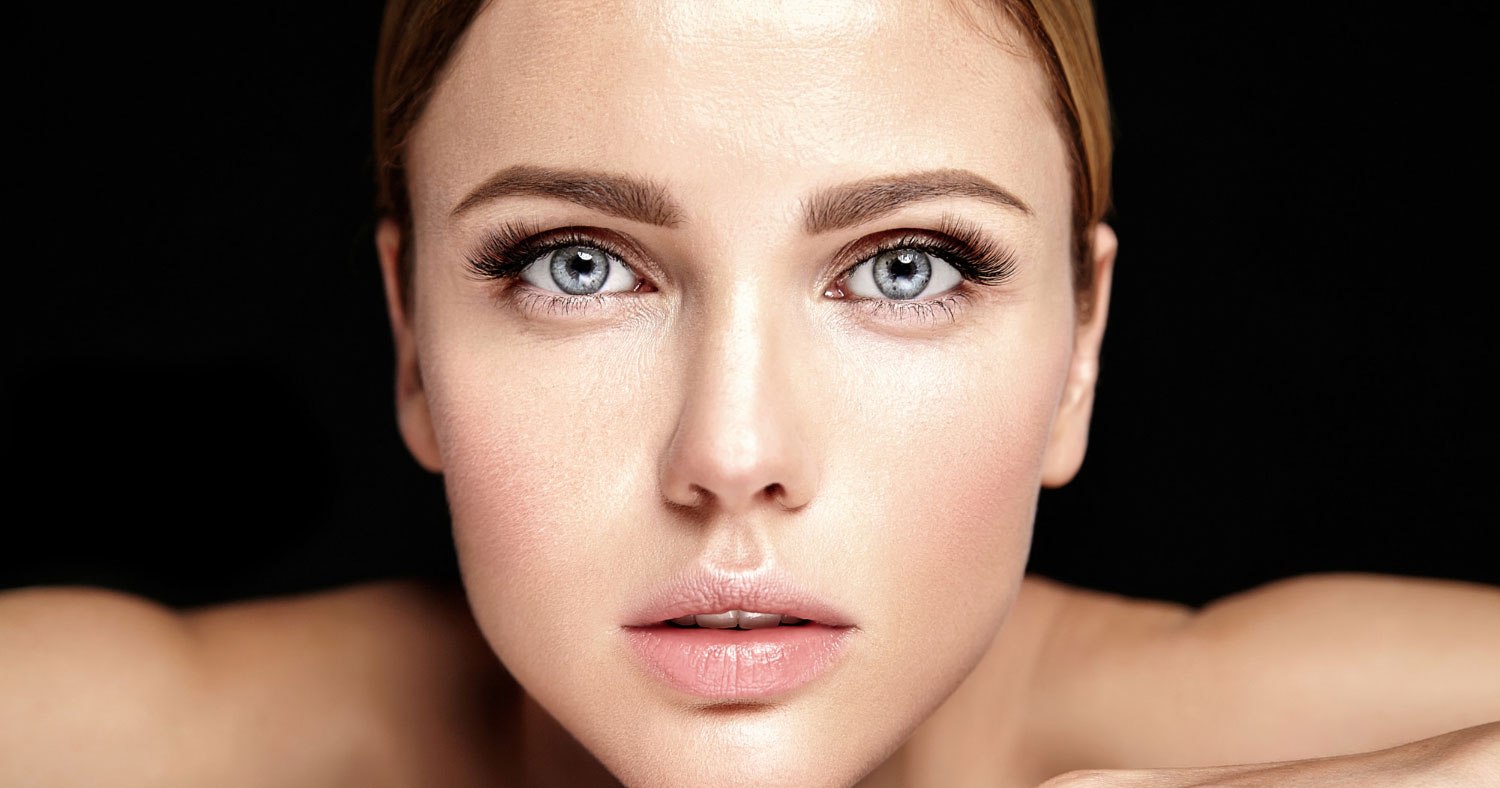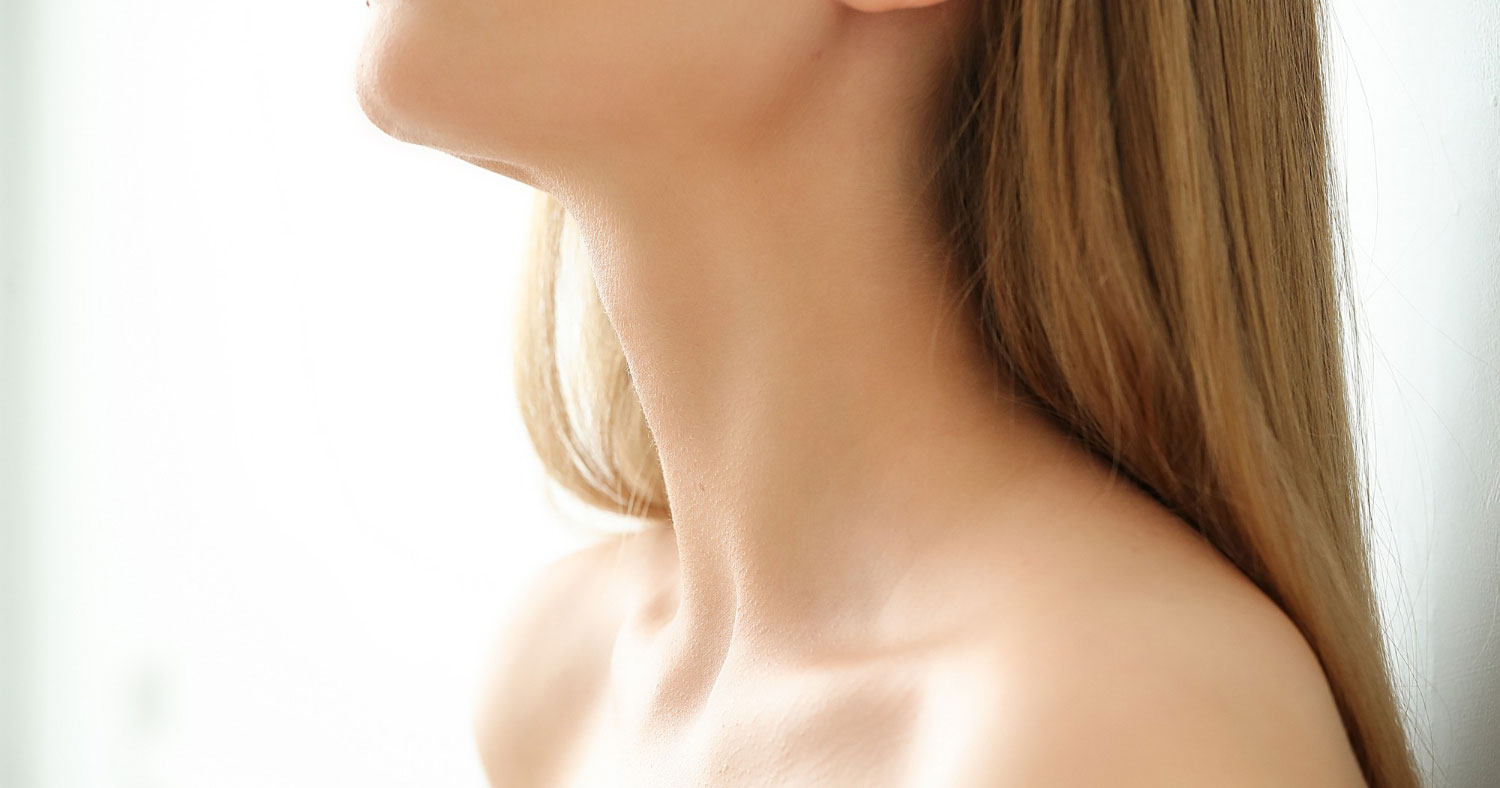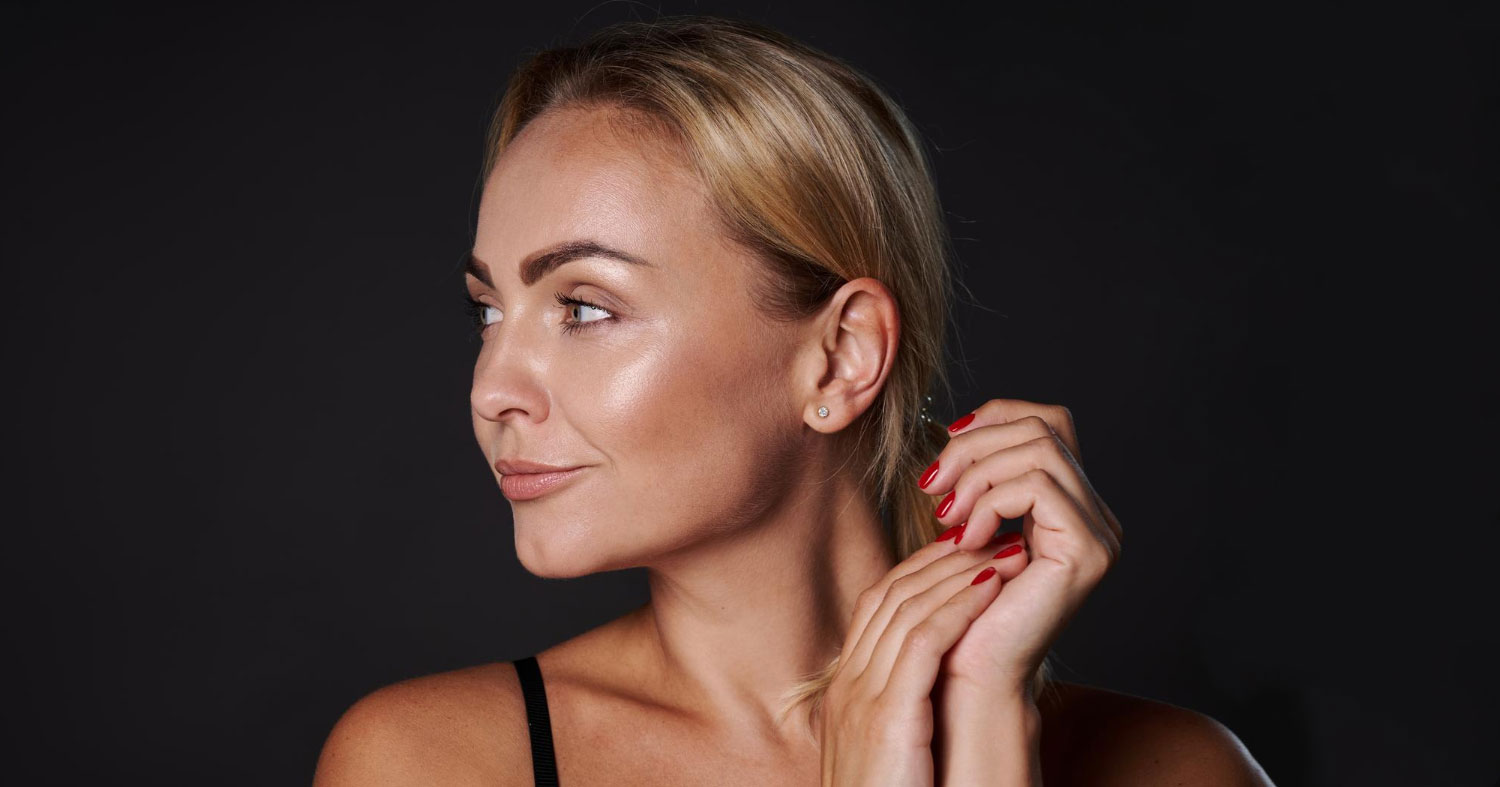Rhinoplasty (nose reshaping) is a highly popular plastic surgery to change nose shape, improve its function or both.
When and why
Rhinoplasty can be required for medical reasons – such as for the correction of nose-related breathing problems; but it is often performed for aesthetic purposes in order to change its shape and appearance. Thus, the subject acquires a cutter nose, harmonized and symmetrical to his/ her facial features.
Often, a nose asymmetrical to the rest of the face features leads to low self-esteem and an uncomfortable feeling. It is quite impressive how much both behavior and self-esteem can improve after a rhinoplasty.
Nose anatomy and function
Nose is a human organ used in breathing and smelling. Its shape is determined by nasal bones and cartilage while it consists of skin, blood vessels and nerves as well. Its role in breathing and the looks of the subject is rather significant.
As a central face feature, apart from aesthetics, any malfunction may cause breathing problems, headaches, reduced smelling ability, local infections, etc.
The inner part of the nose extends deeply through skull bones, joins the sinuses ending up in the pharynx. All this structure is divided into two by means of a vertical wall called a diaphragm which separates the two nostrils and extends deep into the nasal cavity.
Ideal candidates and age
Ideal rhinoplasty candidates are those who are either unhappy with their nose aesthetics or have a dysfunctional nose. It is the surgeon who shall determine a subject’s rhinoplasty suitability, based on his/ her full medical history, clinical examination, health assessment, and psychological assessment urging to such an aesthetic surgery.
As regards the appropriate age for rhinoplasty, in childhood face is not fully formed. From childhood to late adolescence, nose is changing to be fully developed in early adulthood.
So, ideal candidates should be over 16 years for girls and 18 for boys. It is at this age that the other facial features are also formed thus playing a key role in face harmony and the decision to make a change.
If rhinoplasty is performed before face development, bones or cartilage can be destroyed significantly affecting nose development as well. For example, if dorsal hump is removed at the age of 12, it is highly possible for the nose to grow asymmetrically in the coming years, as some development zones are functioning, unlike those removed. Another reason for postponing rhinoplasty until early adulthood is that then the subject shall be more mature and capable of deciding if and to what extend his/ her nose should be changed. There is no age limit for rhinoplasty, as long as the subject is healthy and in good overall condition.
Techniques
Open rhinoplasty
In open rhinoplasty incisions are made in the nose, quite close to the outer part of the nostrils, but also an external transcolumellar incision, i.e. the vertical part of the nose between the two nostrils.
Through these incisions the nose skeleton is revealed and the surgeon has direct access while skeletal correction is greatly facilitated.
At the end of rhinoplasty, incisions are stapled. After a while, incisions in the nose fade out completely. Transcolumellar incisionusually heals very well in a way that becomes extremely inconspicuous, although in rare cases a small scar may be left, which is often a deterrent to open rhinoplasty.
Closed rhinoplasty
In closed rhinoplasty, more incisions are usually performed than in the open, yet all inside the nasal cavity. Through these incisions, the surgeon corrects the nose skeleton. Access is much more limited than in open rhinoplasty, and for this reason the plastic surgeon works mainly by palpation.
Comparison and method selection
There is no clear answer as to which method is best as it depends on various factors. It is the surgeon who shall decide if either an open or closed rhinoplasty is required, depending on each case type and complexity.
Usually the surgeon chooses open rhinoplasty in cases where the skeleton should be better accessed at the time of surgery. This is because the skeleton correction is greatly facilitated while the result is more predictable.
In closed rhinoplasty, the surgeon has several options concerning the dorsal hump, but few ones concerning the nasal tip, i.e. the lower nose. So, if the nose tip does not need surgery, then closed rhinoplasty can have a good result.
In open rhinoplasty, the plastic surgeon can make a lot more sutures, put grafts more easily and finally has a much better picture of the final result. That is, in other words, the end result is more predictable.
On the other hand, open rhinoplasty may have a longer recovery time, while the nose takes its final shape much later. Usually, however, in both cases, 10-15 days are enough to go around without giving the sense of having a nose job performed.
Anaisthesia
Both open and closed rhinoplasty can be performed with local anesthesia and repression or general anesthesia.
Programming and operation: the procedure
Before rhinoplasty
Good preparation before rhinoplasty significantly improves the chance for a safe surgery and a quick, easy recovery.
Before surgery, you should definitely have contacted your surgeon. You shall tell him exactly what you want to achieve and explain the motives for your decision. You should also give him a full history and tell him about any other medicines you are taking.
The usual instructions before surgery are the following:
- Avoid any aspirin and medicines that may contain it.
- Avoid smoking, drinking alcohol, herbs and drugs.
- Take vitamins according to the physician’s instructions.
- Apply locally a nasal ointment if recommended by the surgeon.
- Avoid any caffeine consumption 48 hours before surgery.
- Avoid any food and fluids after midnight, the night before surgery.
On the day of operation
Your surgeon shall give you specific instructions and information about the operation. Some final steps you need to take include the following:
- Thoroughly rinse your face with antibacterial soap to eliminate bacteria
- Do not eat or drink after midnight before surgery
- Do not use cosmetics on face or hair
- Sleep enough
- See to who shall take you to and from the clinic.
The above mentioned instructions apply to almost all rhinoplasty procedures. However, it is important to discuss with your surgeon any questions you might have. Feeling confident about the process is equally important.
After the operation
- What to expect
A very important factor for a successful rhinoplasty and the subject’s satisfaction is expectations to be realistic. Some subjects believe rhinoplasty shall transform or save their marriage or boost their careers. These are not realistic goals from a plastic surgery. What a rhinoplasty can do is give you a more attractive nose, improving its shape and balancing any facial asymmetry. - Recovery and return to everyday activities
Recovery shall need some patience. The typical rhinoplasty recovery time is about two weeks, when one can go back to work. Because rhinoplasty brings significant changes in the bone and nose cartilage, it shall take a little time to cure and adapt to these changes. It is important to keep in mind that recovery time varies depending on the subject, based on various factors, such as the size of the surgical changes, the quality of postoperative care, and the subject’s general health.
Post-rhinoplasty intructions
After surgery, your physician shall give you some important instructions for a good result and minimization of discomfort during recovery:
- Stay hydrated
- Use cold compresses to reduce swelling
- Relax and rest as much as you can
- Avoid intense activities and exercise
- Do not blow your nose.
- Consume foods rich in fiber to avoid constipation.
- Avoid intense facial expressions.
- Brush your teeth gently to minimize the movement of the upper lip.
- Wear snap-front clothes and avoid tight collars and turtleneck.
- Do not wear sunglasses or glasses for at least six to eight weeks after surgery.
- Use SPF 30 sunscreen.
Risks – Complications
Rhinoplasty is generally a safe procedure although complications may occur.
For many subjects, the first 24 hours after surgery is the most difficult part of recovery, as they may still experience the effects of anesthesia and mild discomfort. The surgeon may prescribe medication for pain management. Some of the issues that might occur during the rhinoplasty recovery period are the following:
- Headaches
- Swelling
- Bruises
- Rhinorrhoea
Malformations of any size may occur as a result of the surgeon’s poor technique or assessment. The vast majority of these can be corrected later




